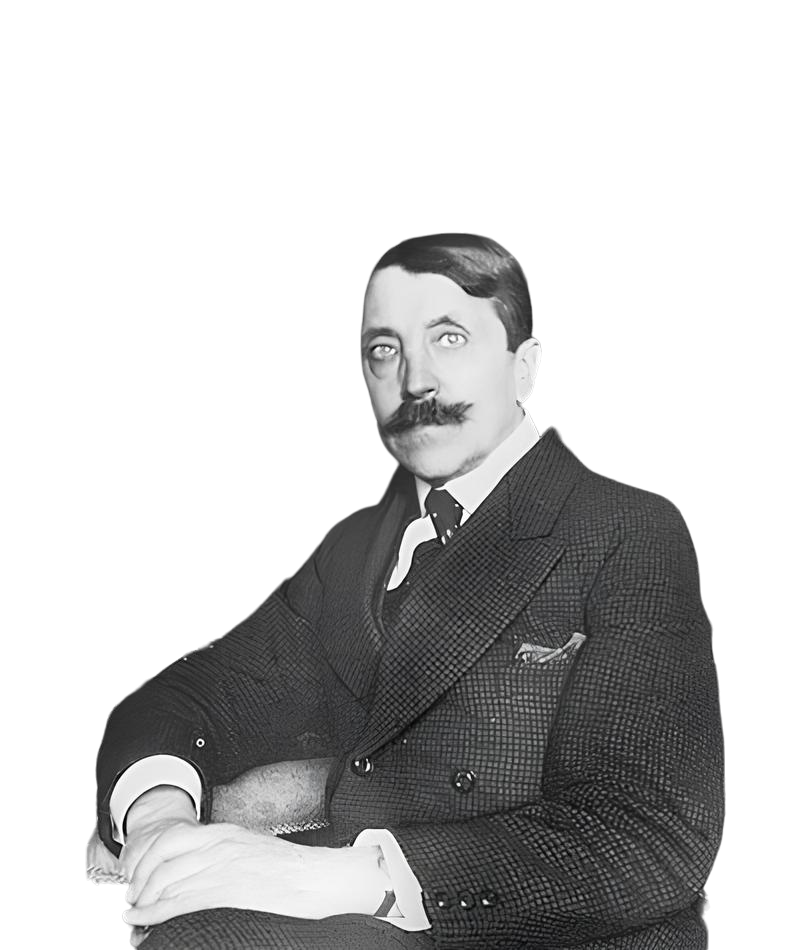About the artist
Mikhail Matiushin

Mikhail Vasilievich Matiushin (Nizhni Novgorod, 1861; Leningrad, October 14th, 1934) attended the Moscow Conservatory of Music (1878-1881) and worked as a violinist in the Court Orchestra in St. Petersburg (1881-1913).
He studied at the School of the Society for the Encouragement of the Arts in St Petersburg (1894-1898), afterwards at the private studio of Van Tsionglinskii (1903-1905) -where he met his future wife, Elena Guro- and later at the Zwantzeewa School of Art (1906-1908).
In 1909 he joined Nikolai Kulbin’s impressionists’ group in St.Petersburg and participated in their exhibitions. At the same year he broke with Kulbin, he organized with Guro the publishing house “Zhuravl” (‘The Crane’) and contributed to the foundation of the artists’ group “Union of Youth”.
In 1912 he met the artist Kazimir Malevich and the futurist poet Aleksei Kruchenykh and the year after, in 1913, he collaborated with them as well as with the futurist poet Velimir Khlebnikov to publish the book “Three”, in memory of Guro, who had just died. In addition, in 1913, he wrote the music for the futurist opera Victory over the Sun.
From 1918 to 1922 he taught at the Free State Art Studios (SVOMAS) in Petrograd and conducted a studio for Spatial Realism for his group, known as “Zorved”, a word from the initials of the Russian words “To See – To Know”. He painted compositions and landscapes and developed his method of “extended viewing”.
In 1919 he participated in the First Free Exhibition of Works of Art.
From 1920 to 1922 he produced together with his students a series of theatrical productions based on Guro’s works, and from 1923 he conducted the Department of Organic Culture at the State Institute of Artistic Culture (GINKHUK). He took part in the Exhibition of Paintings of Petrograd Artists of All Trends in 1923.
From 1929 to 1932, he prepared together with his students, a handbook for the study of color (The Rules of the Variability of Color Combinations: a Color Manual), which was published in 1932. In 1930 an exhibition of his personal as well as his students’ work was organized at the Central Leningrad Art House.